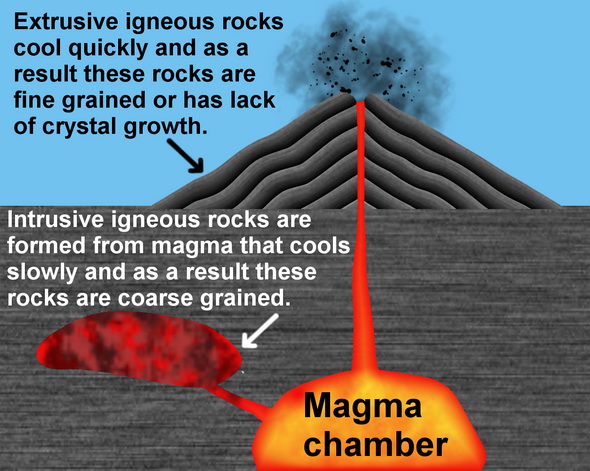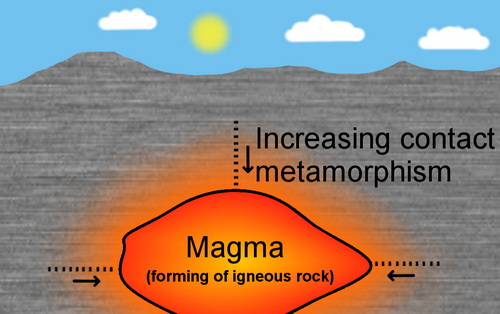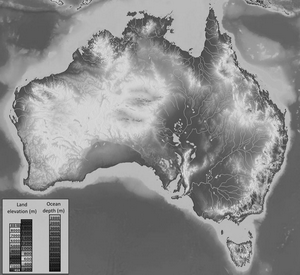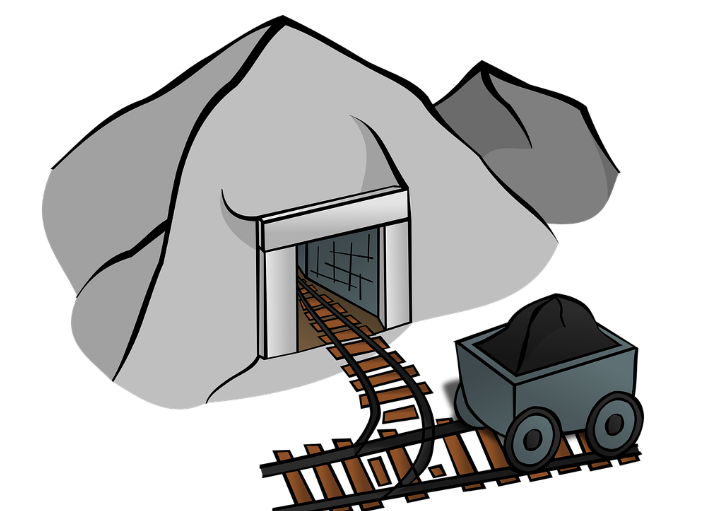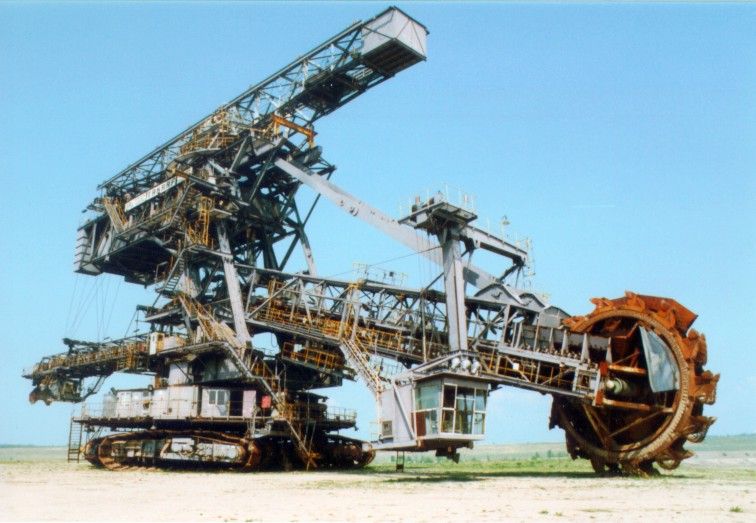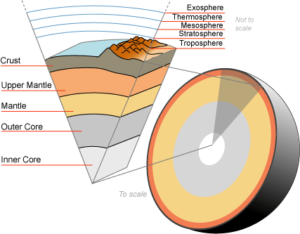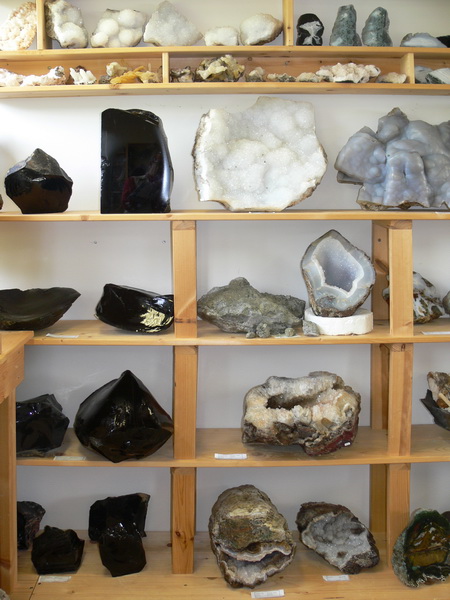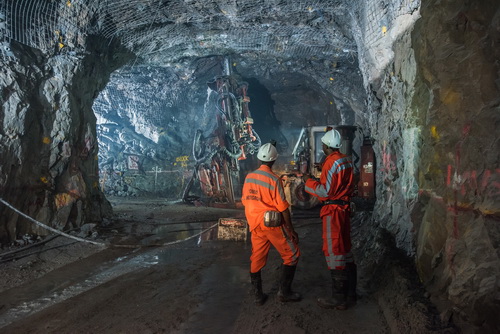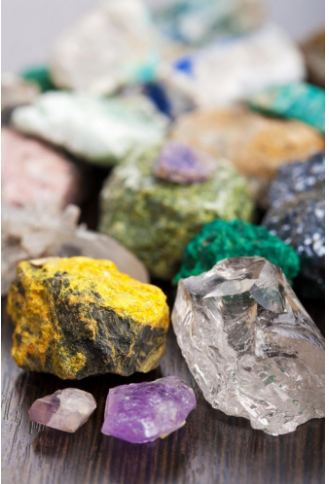 What would be the dream of a mineral collector? Probably, to collect the rarest of minerals and gems. There are gems and other minerals that nature hides for centuries before they take a form that makes them so exquisite and valuable. It is this century-long process of transition and development that makes them priceless. There are minerals that are far more rare and precious than diamonds; what we consider to be the finest gem of all.
What would be the dream of a mineral collector? Probably, to collect the rarest of minerals and gems. There are gems and other minerals that nature hides for centuries before they take a form that makes them so exquisite and valuable. It is this century-long process of transition and development that makes them priceless. There are minerals that are far more rare and precious than diamonds; what we consider to be the finest gem of all.
Though diamonds are considered to be girl’s best friend, there are many rare minerals that have the potential to give this clichéd concept a run for its money. Minerals, like Sardinian ichnusaite and cobaltomenite, are found in only a few locations over the entire planet. Sardinian ichnusaite is found only in Congo, Bolivia, Utah, and Argentina, while cobaltomenite has an overall supply that can be fit in a shot glass. Painite is the world’s rarest gemstone mineral according to Guinness Book of World Records. Only 25 specimens of these gemstone have been found till date, from the time of its discovery in the 1950s.
On the whole, 5,000 minerals have been catalogued out of which, only 100 form 99% of the Earth’s crust. The remaining work as pixie dust that makes Earth’s near surface environment so diverse. They are scattered at different locations across the globe.
Many of these rare minerals are very sensitive. Several of them can’t stand the sunlight and decompose if exposed to it. Others can’t stand the temperature and evaporate, melt, or dehydrate. Due to this reason, their mining, extraction, and preservation is quite a challenge. However, the presence of these minerals also indicates the extreme atmosphere and climate found in the Earth’s crust. One such example is that of Fingerite, which is found near the summit of the Izalco Volcano in El Salvador. It is so sensitive to the normal atmospheric conditions and changes that it washes away every time it rains.
What makes them so rare? If you compare the supply of minerals that are considered to be rare, diamond for instance, to the ones that are actually rare, like Painite, you will realize that the criteria of rarity is quite different than what we generally assume. According to scientist, Dr. Hazen, what actually make a mineral rare are 4 principles:
- The temperature and pressure at which they mineralize is quite specific and extreme.
- They are found far below the Earth’s surface and its outer crust.
- The ambience is far more extreme, so much so that it would not survive in the otherwise normal ambient conditions.
- There is a sample bias in cases.
Though scientists are carrying out further research to create artificial environments for the preservation of such minerals, these minerals and gemstones are, at the moment, far beyond the reach of any common mineral collector. That being said, it still can be a mesmerizing dream for many.

